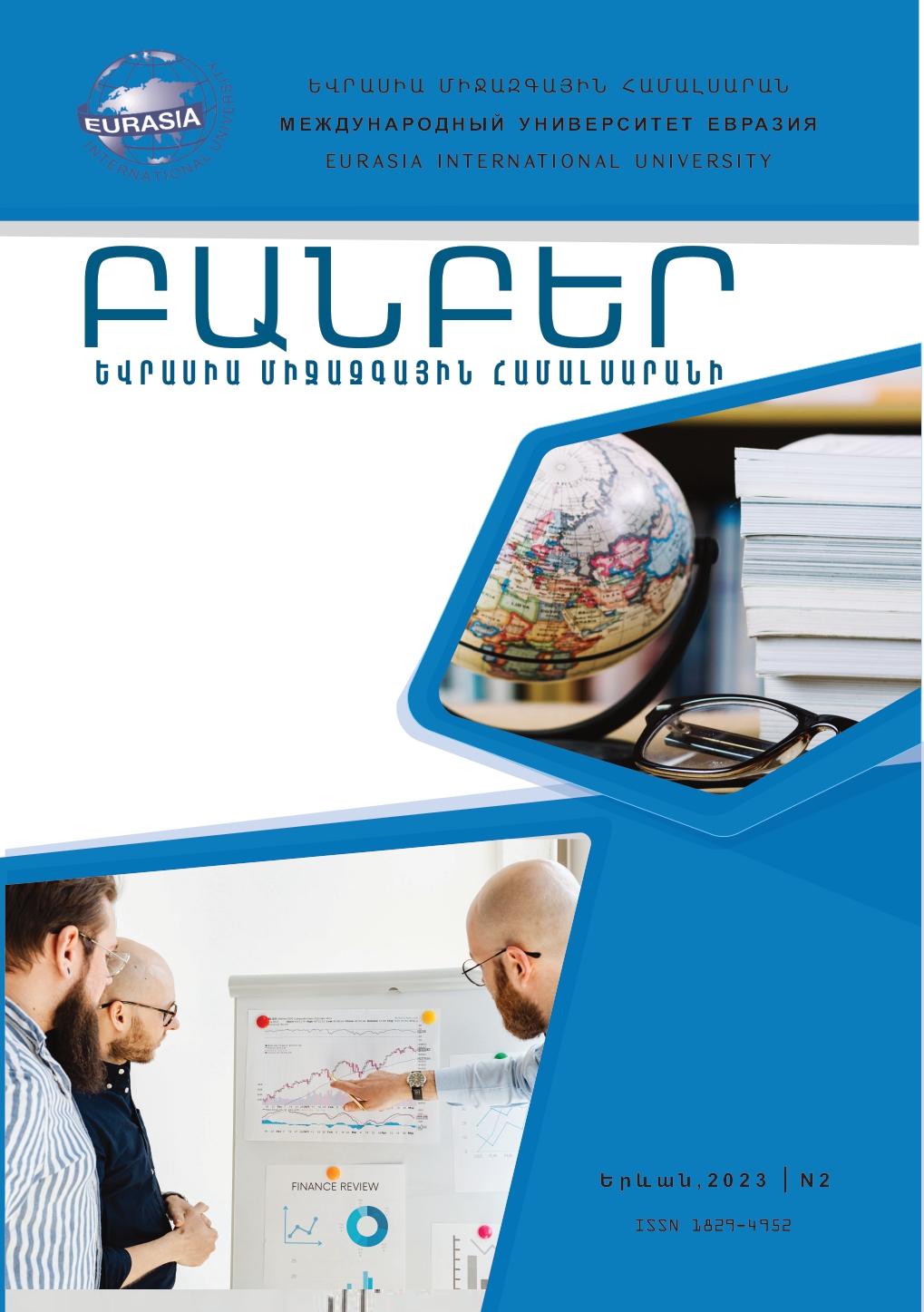MODERNIZATION OF ECONOMIC EDUCATION. FEATURES OF THE APPLICATION OF ACTIVE LEARNING METHODS (PROBLEM-BASED LEARNING AND CASE STUDIES)
DOI:
https://doi.org/10.53614/18294952-2023.2-180Keywords:
method, active learning, problem-based learning, case studies, interdisciplinary, critical thinking, curriculum development, student engagement.Abstract
Teaching economics in universities can be both creative and effective by incorporating various methods that engage students, promote critical thinking, and connect theory to real-world applications. Economics education at the university level is undergoing various transformations to meet the demands of a rapidly changing world, and to equip students with practical skills and a deep understanding of real-world economic phenomena.
The relevance of the article is explained by the current challenges economics education is facing, such as passive learning, and the gap between theoretical knowledge and practical skills.
This methodological article aims to identify the importance of innovative methods in economics education and to provide a practical roadmap for educators to make the learning process more effective and interesting, as well as to prepare students for modern economic challenges.
The article examines the implementation of active learning methods, particularly problem-based learning (PBL) and case studies methods in university education for teaching economics. Active learning methods are widely used in higher education due to the ability to promote critical thinking, problem-solving, creativity, and other skills, as well as the possibility of practical application of theoretical knowledge.
The article can serve as a comprehensive guide to the use of PBL and case analysis, offering examples and practical tasks for instructors who aim to implement innovative approaches in their courses.




